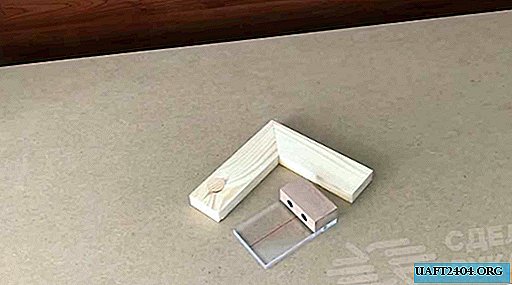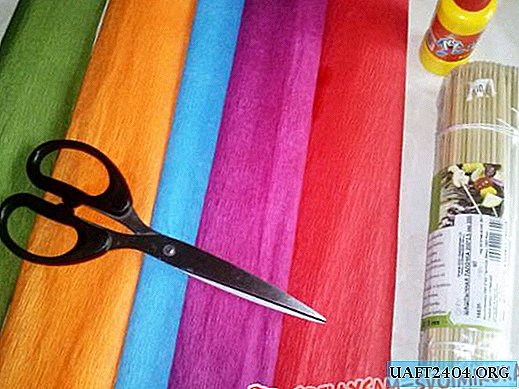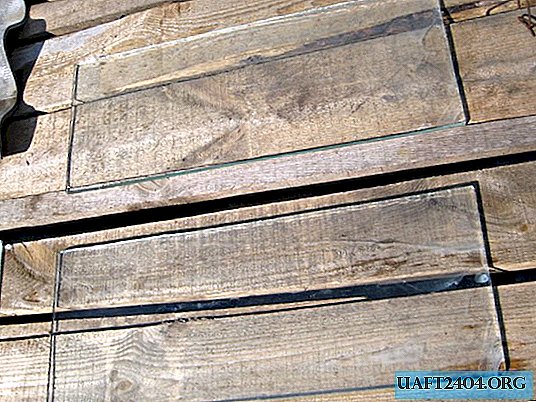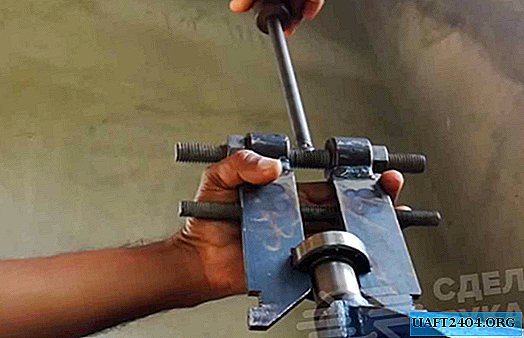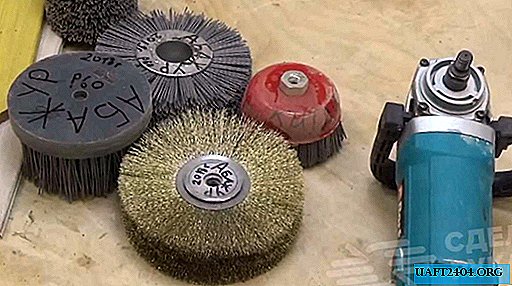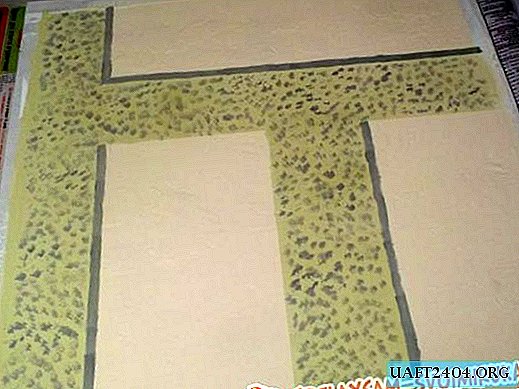Share
Pin
Tweet
Send
Share
Send
Multivibrator.
The first scheme is the simplest multivibrator. Despite its simplicity, its scope is very wide. No electronic device can do without it.
The first figure shows its circuit diagram.
LEDs are used as a load. When the multivibrator is working, the LEDs switch.
To assemble, you need a minimum of parts:
1. 500 ohm resistors - 2 pieces
2. Resistors 10 kOhm - 2 pieces
3. Electrolytic capacitor 47 uF at 16 volts - 2 pieces
4. Transistor KT972A - 2 pieces
5. LED - 2 pieces
KT972A transistors are composite transistors, that is, in their case there are two transistors, and it has high sensitivity and can withstand significant current without heat sink.
When you get all the parts, arm yourself with a soldering iron and get down to assembly. For conducting experiments, it is not necessary to make a printed circuit board, you can assemble everything by wall mounting. Solder as shown in the figures.
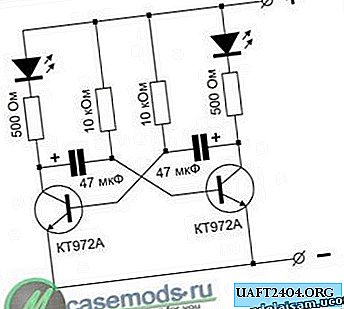


The drawings are specially made in different angles and you can consider in detail all the installation details.
And how to use the assembled device, let your imagination tell you! For example, instead of LEDs, you can put a relay, and this relay to switch a more powerful load. If you change the values of resistors or capacitors, the switching frequency will change. By changing the frequency, you can achieve very interesting effects, from a squeak in the dynamics, to a pause for many seconds ...
Photo relay.
And this is a simple photo relay circuit. This device can be used with success wherever you want, for automatically illuminating the DVD tray, for turning on the light or for signaling from entering a dark cabinet. Two options are provided. In one embodiment, the circuit is activated by light, and the other by its absence.


It works like this: when the light from the LED hits the photodiode, the transistor will open and LED-2 will light up. Trimmer adjusts the sensitivity of the device. As a photodiode, you can use a photodiode from an old ball mouse. LED - any infrared LED. The use of an infrared photodiode and LED will prevent interference from visible light. As LED-2, any LED or a chain of several LEDs is suitable. You can use an incandescent lamp. And if you put an electromagnetic relay instead of a LED, you can control powerful incandescent lamps, or some kind of mechanisms.
The drawings provide both circuits, the pinout (location of the legs) of the transistor and LED, as well as the wiring diagram.

In the absence of a photodiode, you can take the old transistor MP39 or MP42 and cut off the case in front of the collector, like this:

Instead of a photodiode, the pn junction of the transistor will need to be included in the circuit. Which one will work better - you have to determine experimentally.
Power amplifier on the TDA1558Q chip.
This amplifier has an output power of 2 X 22 watts and is simple enough for repetition by novice hams. Such a scheme will come in handy for homemade speakers, or for a homemade music center that can be made from an old MP3 player.

To assemble it, you will need only five parts:
1. Chip - TDA1558Q
2. Capacitor 0.22 uF
3. Capacitor 0.33 uF - 2 pieces
4. 6800 uF electrolytic capacitor at 16 volts
The microcircuit has a rather high output power and a radiator is needed to cool it. You can use a radiator from the processor.
The entire assembly can be done by surface mounting without the use of a printed circuit board. First, the microcircuit must remove pins 4, 9 and 15. They are not used. The counting of the conclusions goes from left to right, if you keep it with the conclusions to yourself and marking up. Then gently straighten the findings. Next, bend pins 5, 13 and 14 up, all these pins are connected to the power plus. In the next step, bend conclusions 3, 7 and 11 down - this is minus the power, or "ground." After these manipulations, screw the microcircuit to the heat sink using heat-conducting paste. The figures show the installation from different angles, but I still explain. Conclusions 1 and 2 are soldered together - this is the input of the right channel, a 0.33 μF capacitor should be soldered to them. In the same way it is necessary to do with conclusions 16 and 17. The general wire for an input is a minus of a food or "earth".
Solder the power plus wire to pins 5, 13, and 14. The same wire is soldered to the plus of the 6800 uF capacitor. Bent down conclusions 3, 7 and 11 are also soldered together by a wire, and this wire is soldered to the minus of the 6800 uF capacitor. Next, from the capacitor, the wires go to the power source.
Pins 6 and 8 are the output of the right channel, 6 pin is soldered to the plus of the speaker, and pin 8 to the minus.
Pins 10 and 12 are the output of the left channel, pin 10 is soldered to the plus of the speaker, and pin 12 to the minus.
The 0.22 uF capacitor must be soldered in parallel with the terminals of the 6800 uF capacitor.
Before applying power, carefully check that the installation is correct. At the input of the amplifier, you need to put a dual variable resistor of 100 kOhm to adjust the volume.


Share
Pin
Tweet
Send
Share
Send

